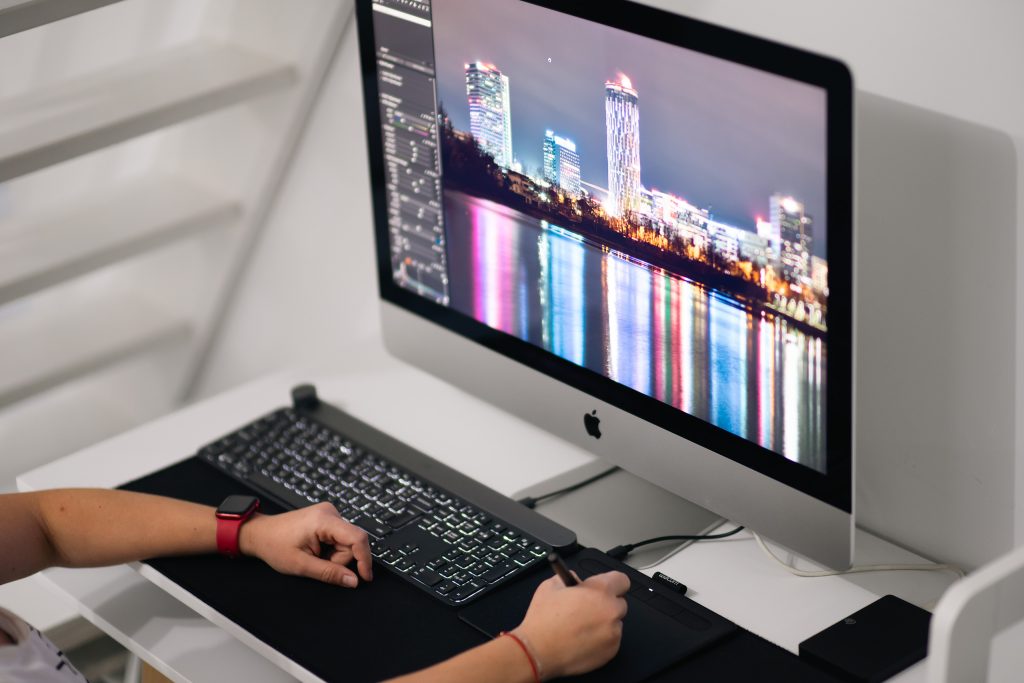
The Importance of a Good Monitor in Photography

Why Display Quality Matters More Than High-End Specs
In the world of photography, a high-quality monitor is as essential as your camera and lenses. While a powerful processor or top-tier graphics card is beneficial, even the best specs won’t compensate for a subpar display. Without accurate color representation, high resolution, and consistent brightness, photographers risk producing images that look entirely different on other screens or in print. Here’s why a quality monitor should be a top priority, even over high-end computer specs.
1. True-to-Life Color Accuracy
A monitor’s color accuracy is crucial for photographers who need to see colors exactly as they will appear in final output. Monitors with poor color accuracy may display a warmer or cooler image than what’s intended, causing problems when editing skin tones, landscapes, or intricate details. Professional-grade monitors often feature color calibration options, allowing you to achieve precise color fidelity and ensuring that your final image remains true to your vision.
2. Resolution and Detail
High-resolution monitors allow photographers to see every fine detail in their work. While a fast computer can speed up editing processes, a low-resolution screen won’t display these details, making it challenging to spot and correct imperfections. Monitors with 4K or higher resolution give photographers the clarity needed to focus on minute details, from hair textures to subtle lighting variations, that may be overlooked on lower-quality displays.
3. Consistent Brightness and Uniformity
Many consumer-grade monitors suffer from brightness inconsistencies, with the screen appearing dimmer on one side than the other. In photography, uniform brightness across the entire screen is essential for accurately assessing an image. Premium monitors come with advanced backlighting technology to ensure even brightness and color consistency across the screen, which can make a big difference in final edits.
4. Wide Color Gamut
A wide color gamut, typically in the Adobe RGB or DCI-P3 color spaces, allows for a broader range of colors to be accurately displayed. While standard monitors often use the sRGB color space, professional photographers require a broader gamut to capture rich, nuanced colors. A monitor with wide color gamut support lets you edit photos without sacrificing the depth and vibrancy that high-quality photography demands.
5. Reduced Eye Strain for Extended Sessions
Long hours of photo editing can strain your eyes, especially if your monitor’s display quality is subpar. Higher-quality monitors often come with features like flicker-free technology, blue light filters, and matte screens to reduce eye fatigue. These features are invaluable for photographers who spend hours in front of the screen fine-tuning images, providing comfort and improving productivity.
6. Consistent Results Across Devices
Investing in a good monitor ensures that your photos look consistent across different devices and media. When you’re editing on a low-quality display, the result may look drastically different on other monitors, tablets, or printed material. A high-quality monitor helps you produce consistent edits that align with professional standards, ensuring your photos look exactly how you envisioned, whether on a digital platform or in print.
7. Enhanced Productivity and Workflow
A better display means you can make editing decisions faster and with greater confidence. Instead of second-guessing your colors, brightness, and contrast, you can focus on creative choices. In addition, many high-end monitors come with additional screen space and advanced features, like dual viewing modes or color presets, which enhance workflow efficiency and allow you to get the job done more effectively.
